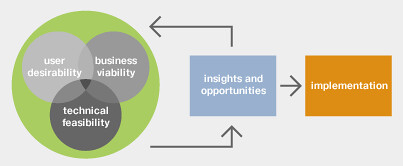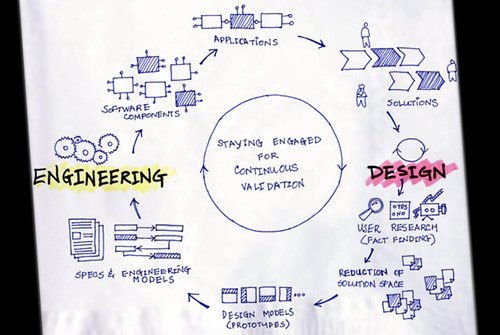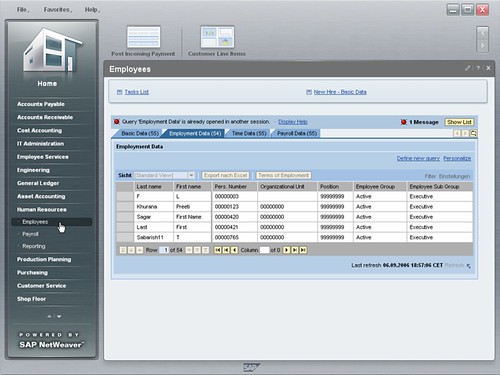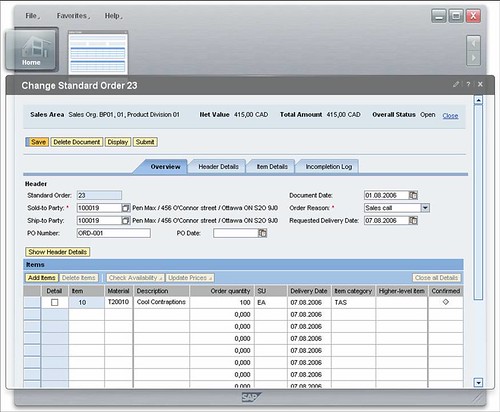By now, I believe the industry was able again to confuse customers and end-users on what these things called widgets are, and how different they are from the previous incarnation of
portlets and
iViews that portal vendors offer. To add to that confusion even more, there's a recent announcement from
Google on their release of Gadgets:

"Formerly trapped largely in Google Desktop, more than 1200 Google Gadgets (widgets) were set free today for embedding in any web page."
Techcrunch » Blog Archive » Google Does The Mashup Dance
Here's how I look at what's a widget and what's not, and what makes it different from gadgets, portlets, iViews, etc. First, let's see what they have in common: small, portable, omnipresent information, personalizable, relies on HTML, JS (scripting) and CSS. One of the key difference is that real widgets require a widget engine or client runtime that runs on your desktop (it's what gets downloaded from Yahoo! Konfabulator, or comes with the Mac OS X). For all the rest widget-like incarnations, that "engine" is the browser and obviously fairly limited in capabilities. The advantage is zero-footprint (for IT), but in today's age users are so accustomed to download / run client software on their desktop (e.g. TextPad, Google's Picasa, Instant Messengers...)

Now that widgets have an engine on the desktop, this comes with quite powerful capabilities, desktop-like features of drag-and-drop, fading effects, icons on the system tray, "heads-up display", extended preferences and configurations. However, the best of all is the design (e.g. transparencies, alpha channels and blending, PNG images, etc.) that fuels that delight / emotional factor towards widgets. For comparison, when you see any of the 120 Google Gadgets, they're just plain ugly -- it's like looking at the "bones" of a widget without the real "muscle" (i.e. widget engine) and "skin" (i.e. design). Below are 3 examples of weather widgets taken from Google's directory:



However, there is hope for gadgets, portlets and iViews. It's in what I foresee as a mash-up scenario, where the user decides to take a web snippet (or gadget, portlets and iViews) and apply it as a hybrid widget. To be more concrete, take the following scenario from Linked-in, the popular networking site. Inviting people can be a pain, filling out all these numerous fields, email addresses, invitation templates, etc. They do have a "gadget" on their Home tab called Quick Invite which has only 3 required fields: First Name, Last Name, Email address, and an Invite button. Let's say the user can take that gadget to the desktop by using the widget engine. With such hybrid widget, one can always enter quick invites even if the user does not have a browser up-and-running, or he/she is not logged-on to the Linked-in website. Add some desktop spice, and imagine drag-and-drop of Outlook or web contact info into the Quick Invite widget and prefilling the fields automatically.
Long live Widgets and their cousin Hybrids!
technorati tags:widgets, gadgets, portlets, iViews









